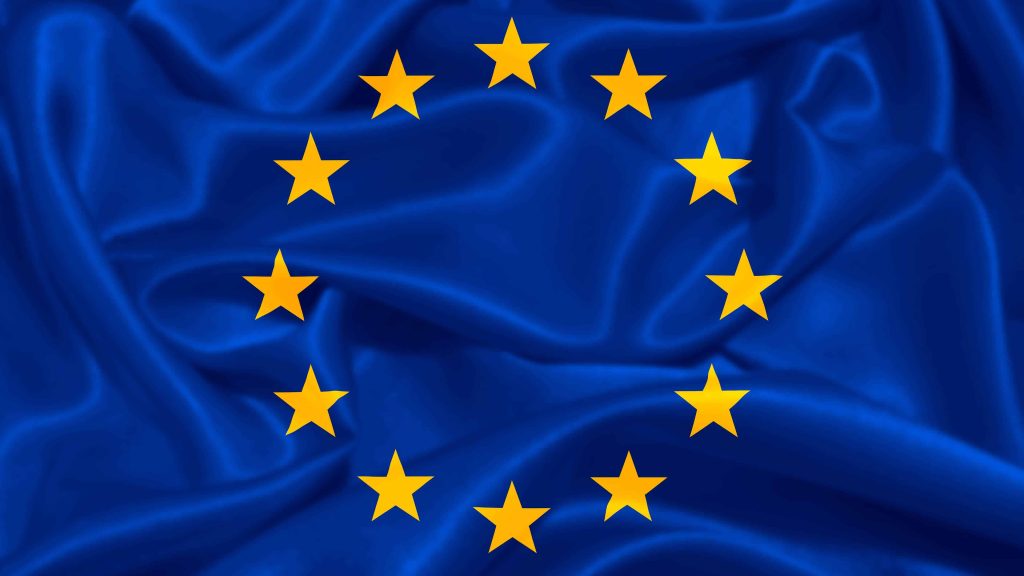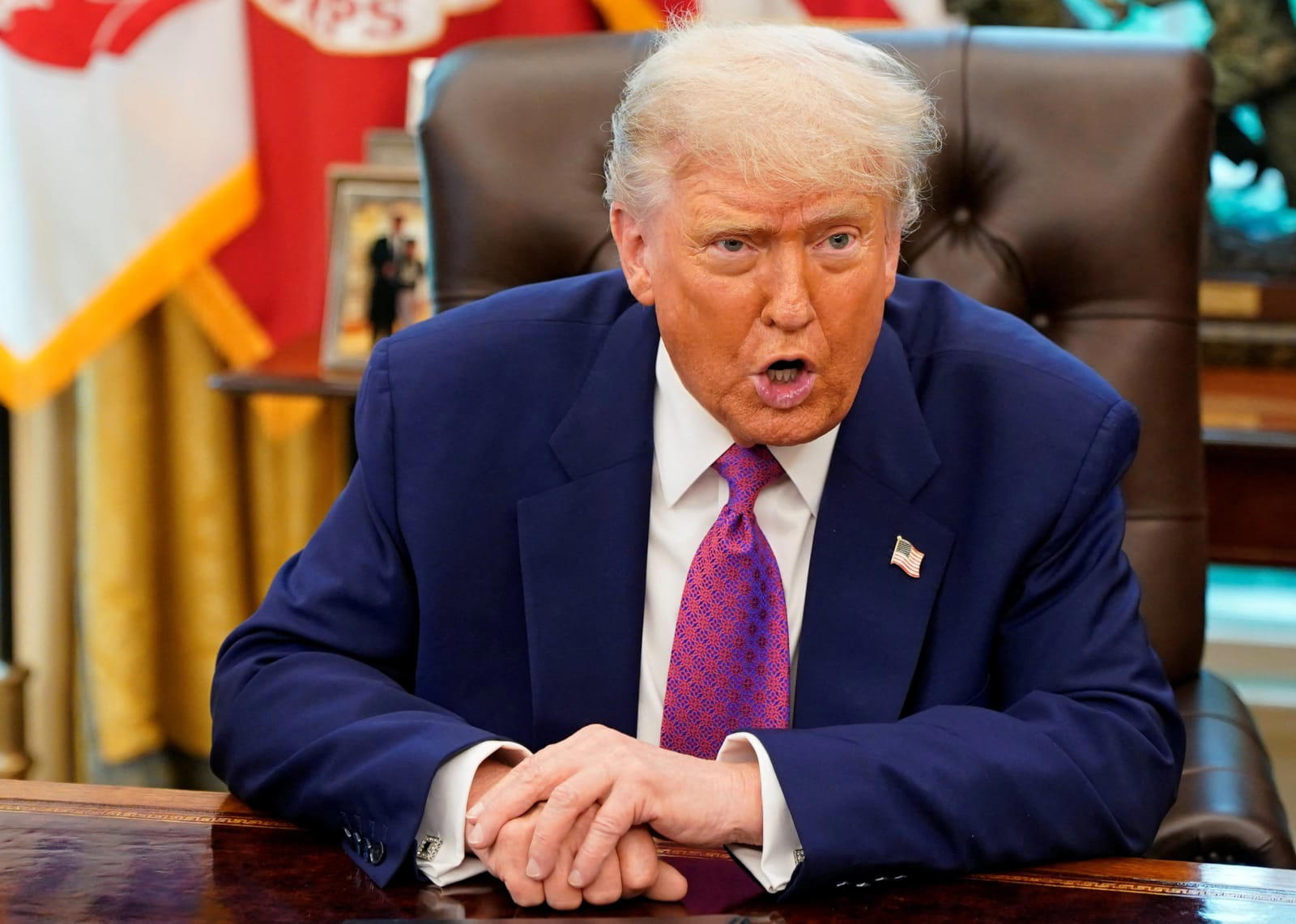President Donald Trump announced on Saturday new 30% duties on imports from Mexico and the European Union (EU), two of America’s largest trading partners.
This move marks the latest escalation in his ongoing tariff campaign, which has created significant economic uncertainty since he returned to office in January.
In a letter to European Commission President Ursula von der Leyen, shared on Truth Social, Trump stated that while the U.S. would continue working with the EU, the tariffs were necessary for “more balanced and fair TRADE.”
This follows a series of unpredictable tariff adjustments by the Trump administration, leaving international markets and businesses scrambling to adapt.
EU and Mexico Prepare for Impact
The EU and Mexico now join a growing list of countries facing new duties as of August 1, with previous threats from Trump reaching up to 40% on some imports.
Trump’s letters specify that all imports from the EU and Mexico will be subject to the 30% tariff, with exceptions for “sectoral tariffs” like the existing 25% auto duty.
Von der Leyen confirmed the EU’s readiness to negotiate before the August 1 deadline but warned that a 30% tariff would severely impact supply chains, businesses, and consumers on both sides of the Atlantic.
She stated the EU “will take all necessary steps to safeguard EU interests, including the adoption of proportionate countermeasures if required.”

For Mexico, which primarily benefits from duty-free trade under the USMCA, Trump’s letter to President Claudia Sheinbaum justified the tariffs by citing the flow of fentanyl into the U.S., claiming Mexico’s efforts to secure the border are “not enough.”
Mexican Economy Minister Marcelo Ebrard, however, called the proposed tariffs “unfair treatment” after a Friday meeting with U.S. officials, stating that both countries are working to find an “alternative to protect businesses and jobs.”
Retaliation Warnings and Broader Trade Concerns
Trump’s letters also warned against any retaliatory tariffs on U.S. imports, threatening to add any such increases on top of the 30% duty.
He further blamed existing tariffs and non-tariff trade barriers from the EU and Mexico as additional reasons for imposing the new responsibilities.
The Trump administration has specifically targeted value-added and digital services taxes prevalent in several EU member countries. These taxes levy revenue from online firms, potentially taxing even unprofitable businesses.
Trump and his administration have repeatedly accused the EU of not negotiating in good faith, with reports from May indicating he was prepared to impose a 50% tariff on EU goods if progress wasn’t made by June 1.
The latest threats to the EU and Mexico come just days after Trump threatened Canada with 35% tariffs on some of its goods.


 Trending
Trending 